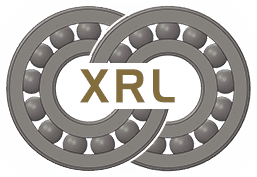Ball Bearing
-

Deep Groove Ball Bearing
● Deep groove ball is one of the most widely used rolling bearings.
● Low friction resistance, high speed.
● Simple structure, easy to use.
● Applied to gearbox, instrument and meter, motor, household appliance, internal combustion engine, traffic vehicle, agricultural machinery, construction machinery, construction machinery, roller roller skates, yo-yo ball, etc.
-
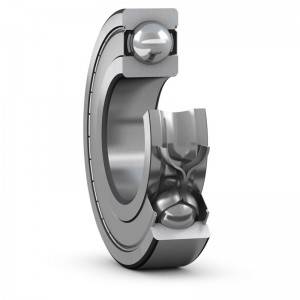
Single Row Deep Groove Ball Bearings
● Single row deep groove ball bearings, rolling bearings are the most representative structure, a wide range of applications.
● Low friction torque, most suitable for applications requiring high speed rotation, low noise and low vibration.
● Mainly used in automotive, electrical, other various industrial machinery.
-
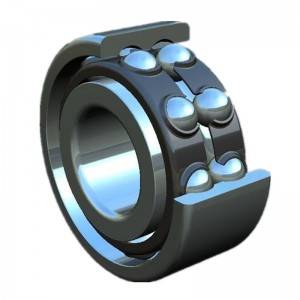
Double Row Deep Groove Ball Bearings
● The design is basically the same as that of single row deep groove ball bearings.
● Besides bearing radial load, it can also bear axial load acting in two directions.
● Excellent compacts between raceway and ball.
● Large width, large load capacity.
● Only available as open bearings and without seals or shields.
-
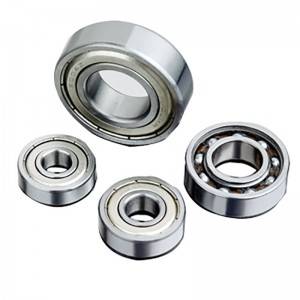
Stainless Steel Deep Groove Ball Bearings
● Mainly used to accept radial load, but also can withstand a certain axial load.
● When the radial clearance of the bearing increases, it has the function of angular contact ball bearing.
● It can bear large axial load and is suitable for high speed operation.
-

Angular Contact Ball Bearings
● Is a transformation bearing of deep groove ball bearing.
● It has the advantages of simple structure, high limit speed and small frictional torque.
● Can bear radial and axial loads at the same time.
● Can work at high speed.
● The larger the contact Angle is, the higher the axial bearing capacity is.
-
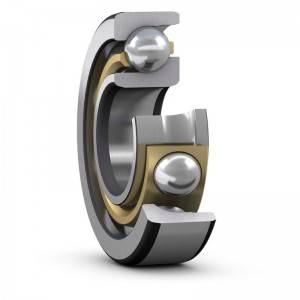
Single Row Angular Contact Ball Bearings
● Can only bear axial load in one direction.
● Must be installed in pairs .
● Can only bear axial load in one direction. -

Double Row Angular Contact Ball Bearings
● The design of double-row angular contact ball bearings is basically the same as that of single-row angular contact ball bearings, but occupies less axial space.
● Can bear radial load and axial load acting in two directions, it can limit the axial displacement of the shaft or housing in two directions, the contact Angle is 30 degrees.
● Provides high rigidity bearing configuration, and can withstand overturning torque.
● Widely used in the front wheel hub of a car.
-
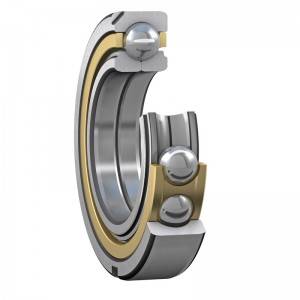
Four-Point Contact Ball Bearings
● The four-point contact ball bearing is a kind of separated type bearing, also can be said to be a set of angular contact ball bearing which can bear the bidirectional axial load.
● With single row and double row angular contact ball bearing function, high speed.
● It only works properly when two points of contact have been formed.
● Generally, it is suitable for pure axial load, large axial load or high speed operation.
-
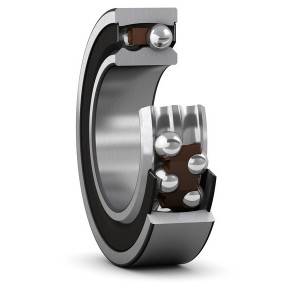
Self-Aligning Ball Bearings
●It has the same tuning function as the automatic self-aligning ball bearing
● It can bear radial load and axial load in two directions
● Large radial load capacity, suitable for heavy load, impact load
●Its characteristic is that the outer ring raceway is spherical with automatic centering function
-

Thrust Ball Bearings
●It’s designed to withstand high-speed thrust loads
●It consists of a washer-shaped ring with a ball rolling groove
●Thrust ball bearings are cushioned
●It’s divided into flat seat type and self-aligning ball type
●The bearing can bear axial load but not radial load
